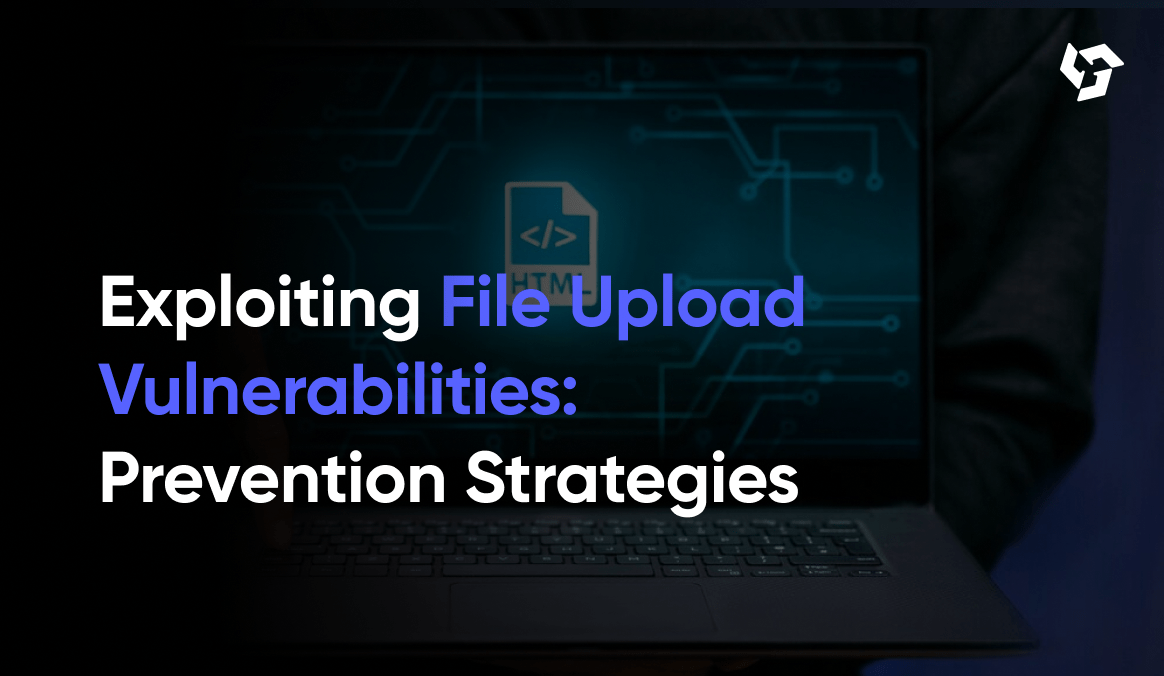Introduction about Auth0:
Auth0 is an identity and access management (IAM) platform that offers developers a wide range of tools and services to securely implement authentication and authorization in their applications.
The primary goal of Auth0 is to address the challenges of identity and access management, including user authentication, identity verification, and access control. This enables developers to concentrate on building their applications without worrying about these aspects.
Key Security Features of Auth0:
Authentication:
- Auth0 supports various authentication methods, such as username/password, social logins (e.g., Google, Facebook), and enterprise identity providers (e.g., Active Directory, LDAP).
Authorization:
- Auth0 offers fine-grained access control and authorization policies to manage user permissions within applications.
- Role-based access control (RBAC) can be implemented to control user actions within an application.
Identity Management:
- Users can securely sign up, log in, and manage their profiles.
- Auth0 facilitates the linking and management of identities across different authentication providers.
Security and Compliance:
- Auth0 follows security best practices, including encryption, secure token handling, and protection against common security threats.
- The platform complies with industry standards and regulations, providing a secure foundation for applications.
More information about Auth0 can be read here: https://auth0.com/docs/get-started/identity-fundamentals/introduction-to-auth0
Auth0 Best Security Practices:
- Cross-Origin Authentication:
To enhance security, it is important to consider the way authentication requests are handled in Auth0. When users authenticate through your application, their credentials are sent to a different domain than the one hosting your application. This practice of collecting user credentials in one origin and transmitting them to another origin can introduce security vulnerabilities, including the potential risk of phishing attacks.
Auth0 offers a cross-origin authentication flow that utilizes third-party cookies. By using third-party cookies, Lock and Auth0’s backend can conduct essential checks to enable secure authentication transactions across different origins. This feature helps prevent phishing when implementing a Single Sign-on experience with the Lock widget or a custom login form in your application. It also ensures a secure login experience, even if Single Sign-on is not the primary objective.
Limitations:
Cross-origin authentication is achieved using third-party cookies. However, the latest versions of browsers such as Firefox and Chrome disable third-party cookies by default, which can cause cross-authentication to fail.
- Reduce Expiration of Auth0 ID Token:
To enhance the overall security posture and effectively prevent token abuse, it is highly recommended to set the expiration time of auth0 to a minimum value. For instance, consider setting it to 1 hour. This will ensure that any access tokens issued by Auth0 will have a limited validity period, thereby reducing the risk of unauthorized access.
It is worth noting that by default, Auth0 sets the expiration time of the ID token to 36000 seconds. While this provides a certain level of security, it is advisable to further reduce this duration to enhance the preventive measures against potential token abuse.
By setting a shorter expiration time, you can significantly mitigate the risk of unauthorized access and enhance the overall security of your system.
- Refresh Token Expiration and Rotation:
To further enhance security in Auth0, it is recommended to implement refresh token expiration and rotation. Refresh tokens are long-lived tokens that allow clients to obtain new access tokens without requiring the user to re-authenticate. By default, refresh tokens in Auth0 do not expire, which can pose a security risk if they are compromised.
To mitigate this risk, it is important to configure an expiration time for refresh tokens. This can be done by setting a reasonable duration, such as 30 days, after which the refresh token will expire, and the user will need to re-authenticate. By setting an expiration time, you limit the window of opportunity for potential attackers to abuse stolen refresh tokens. Additionally, it is recommended to include an inactivity expiration and set an inactivity lifetime for the Auth0 refresh token. This allows the application to deactivate Auth0 refresh tokens once the specified inactivity time has been reached.
In addition to expiration, implementing token rotation is also recommended. Token rotation involves generating a new refresh token every time a new access token is requested. This ensures that if a refresh token is compromised, it can only be used for a limited time before it becomes invalid. By rotating refresh tokens, you add an extra layer of security to your authentication process.
By implementing refresh token expiration and rotation in Auth0, you can strengthen the security of your application and protect against unauthorized access and token abuse.
- Bot Detection:
To enhance security in Auth0, it is important to implement bot detection mechanisms. Bots can pose a significant threat to the security of your application, as they can attempt to perform automated attacks, such as credential stuffing and account takeover.
Auth0 provides various methods to detect and mitigate bot activity. One approach is to implement CAPTCHA challenges during the authentication process. CAPTCHA challenges require users to prove their human identity by solving a specific task or puzzle. This helps differentiate between legitimate users and automated bots.
Another approach is to leverage anomaly detection and behavioral analysis techniques. By monitoring user behavior patterns, such as login frequency, IP addresses, and session durations, you can detect suspicious activities that may indicate bot-driven attacks. Auth0 offers integrations with third-party security providers that specialize in bot detection and prevention, enabling you to enhance the security of your application.
By implementing bot detection mechanisms in Auth0, you can effectively mitigate the risks associated with automated attacks and protect user accounts from unauthorized access.
- Suspicious IP Throttling:
To enhance security in Auth0, it is recommended to enable suspicious IP throttling. This security practice involves monitoring and limiting the number of requests coming from a specific IP address within a certain time frame. By implementing IP throttling, you can mitigate the risks associated with malicious activities originating from suspicious IP addresses, such as brute-force attacks and credential stuffing.
Auth0 provides built-in functionality to enable IP throttling. You can configure the maximum number of requests allowed per IP address within a specified time period. When the threshold is exceeded, further requests from that IP address can be blocked or subjected to additional security measures, such as requiring CAPTCHA challenges or temporarily suspending access.
- Brute Force Protection:
To enhance the security of your Auth0 implementation, it is crucial to enable brute force protection. Brute force attacks involve systematically attempting various combinations of usernames and passwords to gain unauthorized access. By implementing brute force protection, you can detect and prevent these types of attacks.
Auth0 provides built-in mechanisms to enable brute force protection. You can configure settings such as the maximum number of failed login attempts allowed within a specific time window. When the threshold is exceeded, further login attempts from that IP address or user can be blocked for a certain period or subjected to additional security measures, such as CAPTCHA challenges.
Enabling brute force protection in Auth0 helps to safeguard user accounts from unauthorized access attempts and strengthens the overall security of your application.
- Breached Password Detection:
To enhance the security of your Auth0 implementation, it is important to enable breached password detection. This feature helps protect user accounts by identifying if a user’s password has been compromised in a data breach.
Auth0 integrates with popular breached password databases, such as Have I Been Pwned (HIBP), to provide this functionality. When a user creates or changes their password, Auth0 securely checks the password against the breached password database. If the password is found in the database, it indicates that the password has been previously exposed in a data breach. In such cases, Auth0 prompts the user to choose a different, more secure password.
Enabling breached password detection in Auth0 adds an extra layer of security to your authentication process, mitigating the risk of account takeovers and unauthorized access.
- Multi-Factor Authentication (MFA):
To enhance the security of your Auth0 implementation, it is highly recommended to enable Multi-Factor Authentication (MFA). MFA adds an extra layer of security by requiring users to provide multiple forms of identification before granting access to their accounts.
Auth0 supports various MFA methods, including:
- One-Time Passwords (OTP): Users receive a unique code on their mobile device or via email, which they must enter along with their username and password.
- Push Notifications: Users receive a notification on their mobile device, prompting them to approve or deny the login request.
- SMS Verification: Users receive a verification code via SMS, which they must enter along with their credentials.
By enabling MFA in Auth0, you significantly reduce the risk of unauthorized access to user accounts, even if their passwords are compromised. It adds an additional layer of protection by requiring users to provide secondary verification, making it much more difficult for attackers to gain unauthorized access.
Enabling MFA in Auth0 can be done easily through the Auth0 dashboard. By configuring the appropriate MFA providers and settings, you can enhance the security of your application and protect user accounts from unauthorized access.
Implementing MFA is a best practice in securing user authentication and is strongly recommended to ensure the highest level of security for your Auth0 implementation.
- Enforce Password Policy:
To enhance the security of your Auth0 implementation, it is important to enable a strong password policy. A password policy defines the requirements and restrictions for user passwords, ensuring that they meet certain complexity criteria. By enforcing a password policy, you can encourage users to choose strong and secure passwords, which reduces the risk of unauthorized access to user accounts.
Additionally, Auth0 provides the capability to enable the password history, and it does not allow the users to reuse the same passwords that have been used already. As an additional layer of protection, Auth0 has the option to enable a password dictionary and disallow personal data where it does not allow users to use a password that is used in commonly used passwords and the password containing username or email.
- Disable Public Signups and Use SSO for Internal Applications:
To enhance the security of your Auth0 implementation for internal apps, it is recommended to disable public signups. This restriction prevents unauthorized users from creating accounts and gaining access to your application.
Additionally, Auth0 offers the option to disable username and password-based authentication, allowing only SSO-based logins to the application. This feature helps improve security in internal applications by enabling only SSO-based logins. Since attackers would need access to the user’s email account, it reduces the risk of users having easily guessable passwords for the internal application.
Conclusion
By implementing the best security practices outlined in this blog, such as cross-origin authentication, reduced token expiration, refresh token rotation, bot detection, suspicious IP throttling, brute force protection, breached password detection, multi-factor authentication, and enforcing strict password policies, you can significantly secure the login of your application.
AppSecure.Security is a leading offensive application security startup. Our team of experts is dedicated to helping businesses protect their applications & API and maintain compliance with industry standards. From vulnerability assessments to advanced red teaming, AppSecure offers tailored solutions to meet the unique security needs of your organization.
Visit our website at www.appsecure.security or reach out to us at [email protected] for a consultation. Let us help you achieve the peace of mind that comes with knowing your digital assets are in safe hands.



